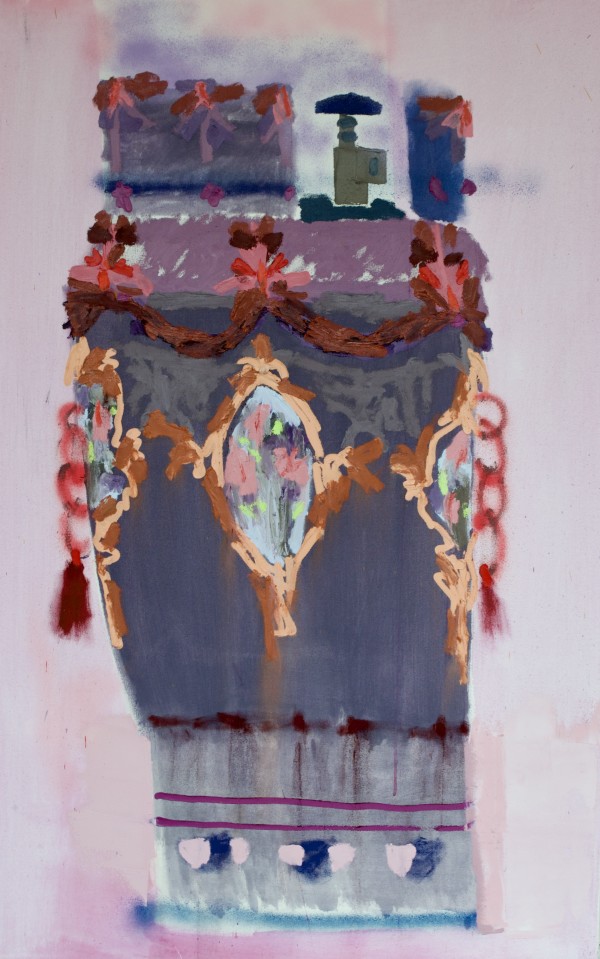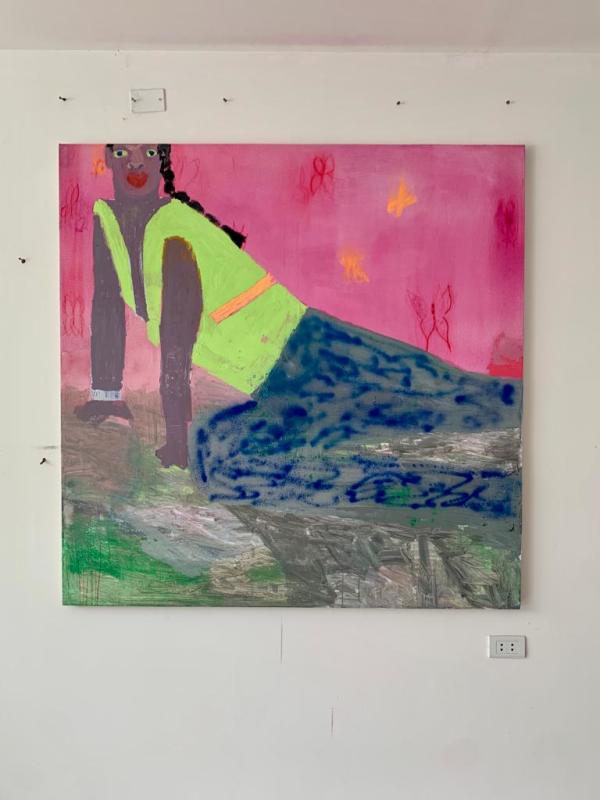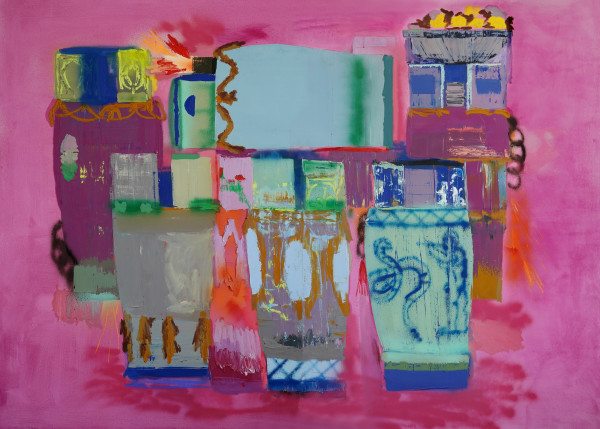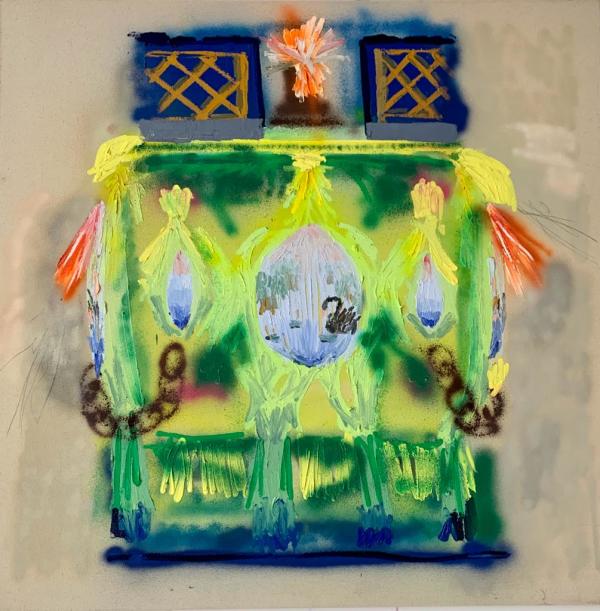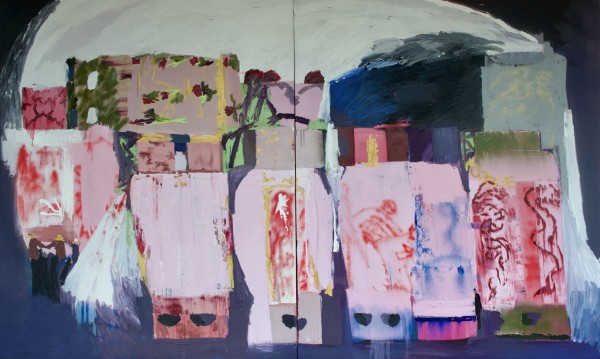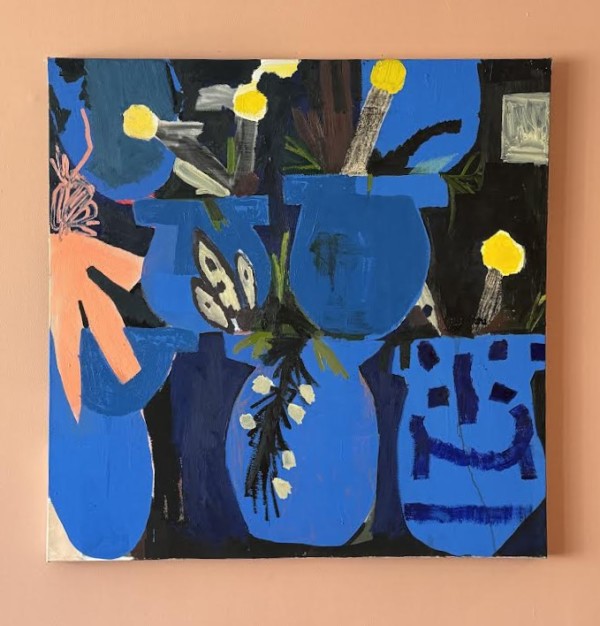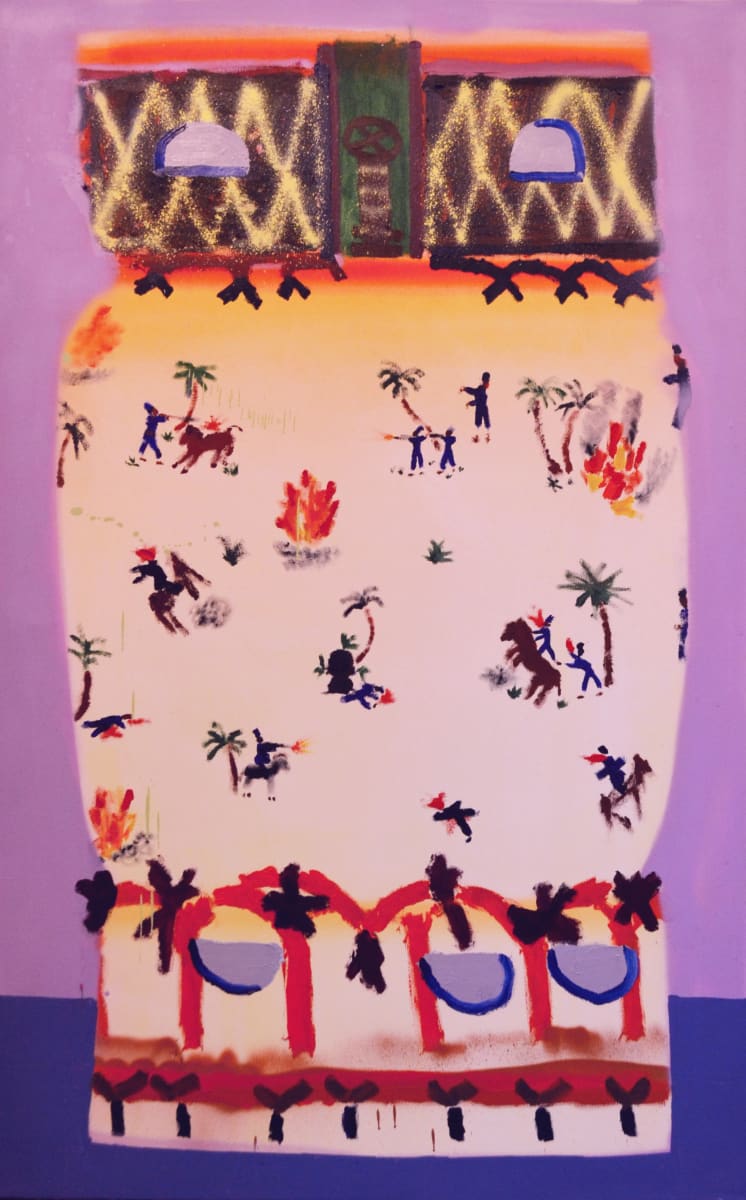
Cándido López (August 29, 1840 – December 31, 1902) was both an Argentine lieutenant and a painter recognized for his work in the Naïve style. His most notable pieces depict scenes from the American War of the Triple Alliance (1864 to 1870), a conflict in which he actively participated. Despite the loss of his hand in battle, López persisted in his artistic endeavors.
Encountering Candido López's paintings at a young age left a profound impression on me. Seeing artwork rooted in direct, autobiographical experiences was a first for me. It marked my introduction to an Argentine painter's work, a departure from the predominantly Eurocentric or North American art education I had received. More likely I was introduce first to Edwin Forbes (1839-1895) whose work and life experiences definitely resonate to each other.
Although López's subject matter is historical, his approach feels deeply personal. His journey, transitioning from soldier to lieutenant, experiencing war on the flesh, sketching amidst the turmoil, and ultimately adapting to painting with his opposite hand after losing one, is nothing short of mythic. His process of exposure and self-reflection embodies the essence of an artist's creative odyssey.
The subject matter, while profoundly traumatic for the artist, is rendered with a whimsical and naïve quality. López's deliberate distancing from the subject matter paradoxically results in deeply personal representations. Throughout his war series, the perspective remains distant, portraying the main character as an omnipotent entity outside the composition, inviting viewers to identify with the isolated figure amidst the chaos.
Now his paintings are well regarded as part of the most important museums in Argentina, his work became part of the establishment and for me it made perfectly sense to translate it into a pattern on a luxurious vase even though it’s all from memory and it certainly doesn’t look much like the original, especially the colors and composition, but is still really attach to its original predecessor.
I found interesting how this painting puts another layer of distance towards the actual representation of the war, by becoming this sort of Picture in Picture that’s more about paint itself and the history of painting
Candido López
- Oil On Canvas
- 60 x 38 x 1 in
- Matías Paradela
- Subject Matter: Gas tank
- Created: c. February 23, 2023
- Collections: Gas tanks Series
